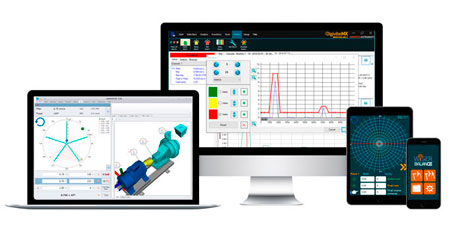What is Machine Learning?
Table of Contents
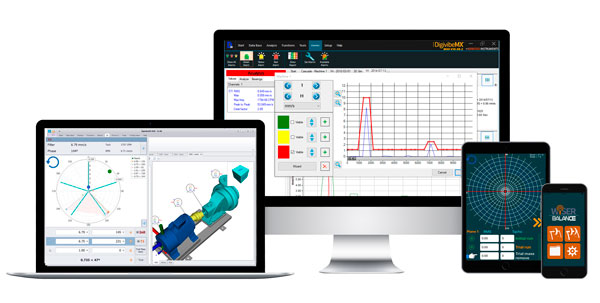
Machine learning is a tool that allows systems the ability to learn and improve automatically based upon experience. Machine learning does not need specific programming to carry out an activity. Machine learning is the development of computer programs that can access data, and through a series of algorithms use the data to learn for itself what action should be taken based on that data.
The primary object of machine learning is to allow the system to learn automatically without human intervention. This allows the system to adjust and take action accordingly. The learning process begins with the system observing reference data and experiences based on that data. The system then begins to understand and learn what actions to take when specific patterns within a data set present themselves.

Different types of Machine Learning
Machine learning algorithms are divided into 4 primary types.
Supervised machine learning algorithms are the most common algorithm. A supervised machine algorithm applies what the system learned in the past to new data. Supervised algorithms use examples of previous similar training data sets and labeled faults within them to predict future faults based on the new but similar data set the system is interpreting. Training data sets are typically first recognized via human intervention and the the system is then taught to recognize patterns associated with each applicable training data set. Then the system compares those training data sets to newly acquired data sets. The system can identify and predict targeted faults after sufficient training data sets are available to compare to. This type of machine learning can further compare its own decided upon action with the corrected intended action and identify errors that improve the applicable model.
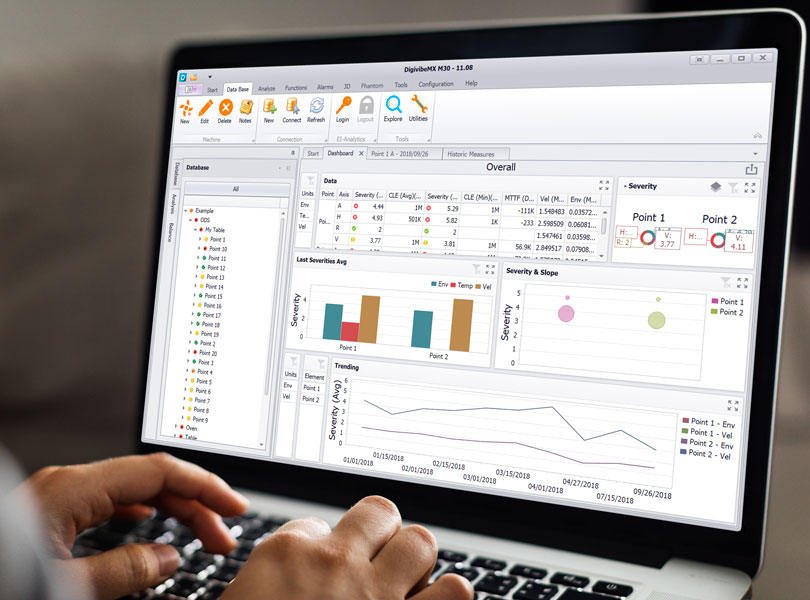
Unsupervised machine learning algorithms utilize unclassified and unlabeled “raw” data. This raw data has no previously identified faults and thus simply attempts to infer an action based upon hidden unlabeled faults within un-categorized data. The system does not have a predefined failure mode pattern or any prescribed potential actions thus it does not figure out the right action. Instead the system explores the data and attempts to draw conclusions based on unidentified patterns or labeled faults within any learning data sets.
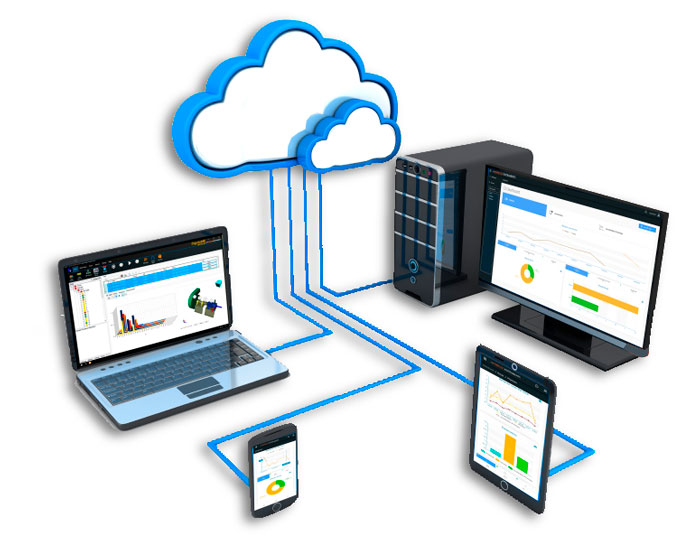
Semi-supervised machine learning algorithms are a combination of both supervised and unsupervised learning using both labeled and unlabeled data sets for training. Those data sets are typically represented by large volumes of unlabeled un-categorized. The system then incorporates smaller predefined sets of labeled and categorized fault pattern data. Machine Learning Systems like our DigivibeMX platform that uses this method have considerably improved learning accuracy. Semi-supervised machine learning is chosen when the acquired labeled data requires skilled resources in order to train it and identify inferred actions to take when the system recognizes a fault pattern.
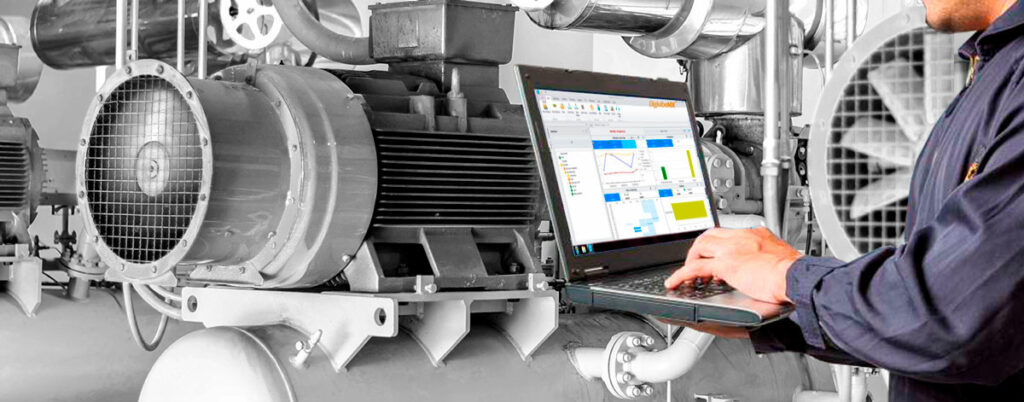
Reinforcement machine learning algorithms is the machine learning method that that takes trial and error actions based upon a data set and is rewarded when the correct action is taken. This creates a reinforcing approach to the decision making process within the system. This allows the system to quickly and automatically determine the ideal action within a specific data set based on simple reward feedback. This method maximizes the systems performance through the quick use of reinforcement signals.

Implementation with Vibration Analysis
Vibration Analysis online monitoring lends itself well to machine learning as a result of the large data sets that are able to be analyzed. The two different types of online monitoring systems deploy very different types of Machine Learning though.
Online surveillance systems like the Phantom that are by definition a reconnaissance or surveillance type system typically deploy semi-supervised machine learning protocols. They require some specialized knowledge to identify exceptions within data sets and supervision to insure the accuracy of the analysis and actions taken by the learning system. The more data that has been reviewed and action-ed on by the system the more reliable the system becomes.
Online protection systems like API 670 compliant protection systems typically deploy reinforced machine learning protocols. An action is taken based on the data that is then is rewarded by the system. An example of this philosophy would be a proximity probe system exceeding the allowable displacement tolerances and shutting the machine down. The reward in this case is the system is saved from catastrophic and typically expensive failure.

Phantom® includes 3 types of learning:
RMS: Is the simplest learning process (but not less reliable). During this period, Phantom will track the RMS of velocity, acceleration, and acceleration envelope to define later a behavior.
Envelope alarms: During the learning process, our continuous monitoring system will evaluate each of the spectra to determine a normal behavior in each of the corresponding frequencies. So, in the future, Phantom will know when an unknown frequency appears or any other known frequency increases in amplitude, and thus through the semi-supervised protocol take predefined actions based on the data.
Preset Bearing and Gearboxes faults: Emphasis is made for tracking preset bearing and gearboxes faults and taking appropriate action based on the fault frequencies presenting and their severity.
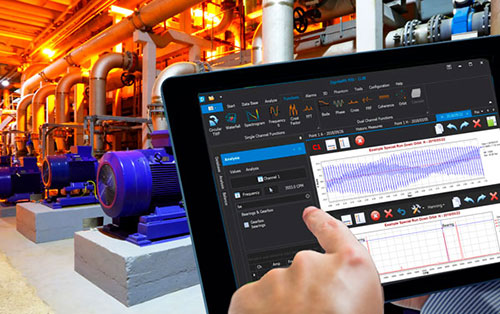
Dr. Michael Howard, is an American entrepreneur and Air Force veteran with a remarkable career in the predictive maintenance industry spanning over 30 years, and a variety of industrial sectors, including industrial manufacturing, reliability engineering, and instrumentation development and design organizations. Dr. Howard is a graduate of Excelsior University, Capella University, and New Charter University with degrees in Electro-Mechanical Engineering, Leadership and Organizational Management, and Engineering Management.
As the CEO of Erbessd Instruments, he leads strategy, sales, marketing, and operations in English-speaking markets. He is a certified reliability engineer, certified maintenance and reliability professional, and category III vibration analyst. Michael is a passionate advocate for wireless instrumentation, video deflection, and the Industrial Internet of Things (IIoT).
ERBESSD INSTRUMENTS® is a leading manufacturer of Vibration Analysis Equipment, Dynamic Balancing Machines, and Condition Monitoring with facilities in Mexico, the USA, the United Kingdom, and India.


